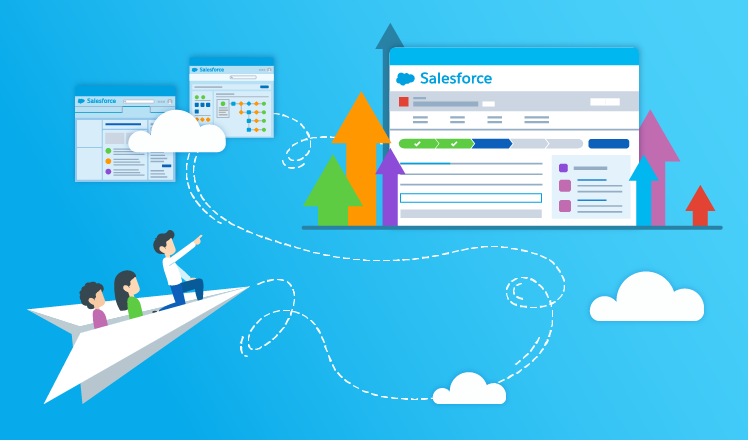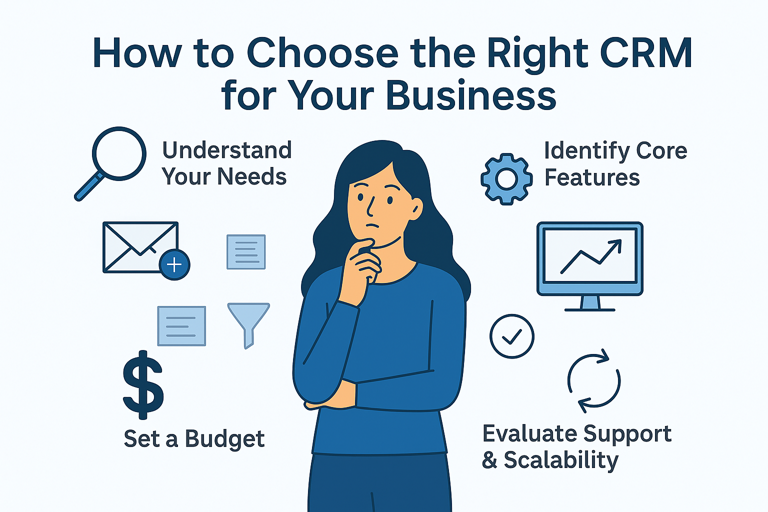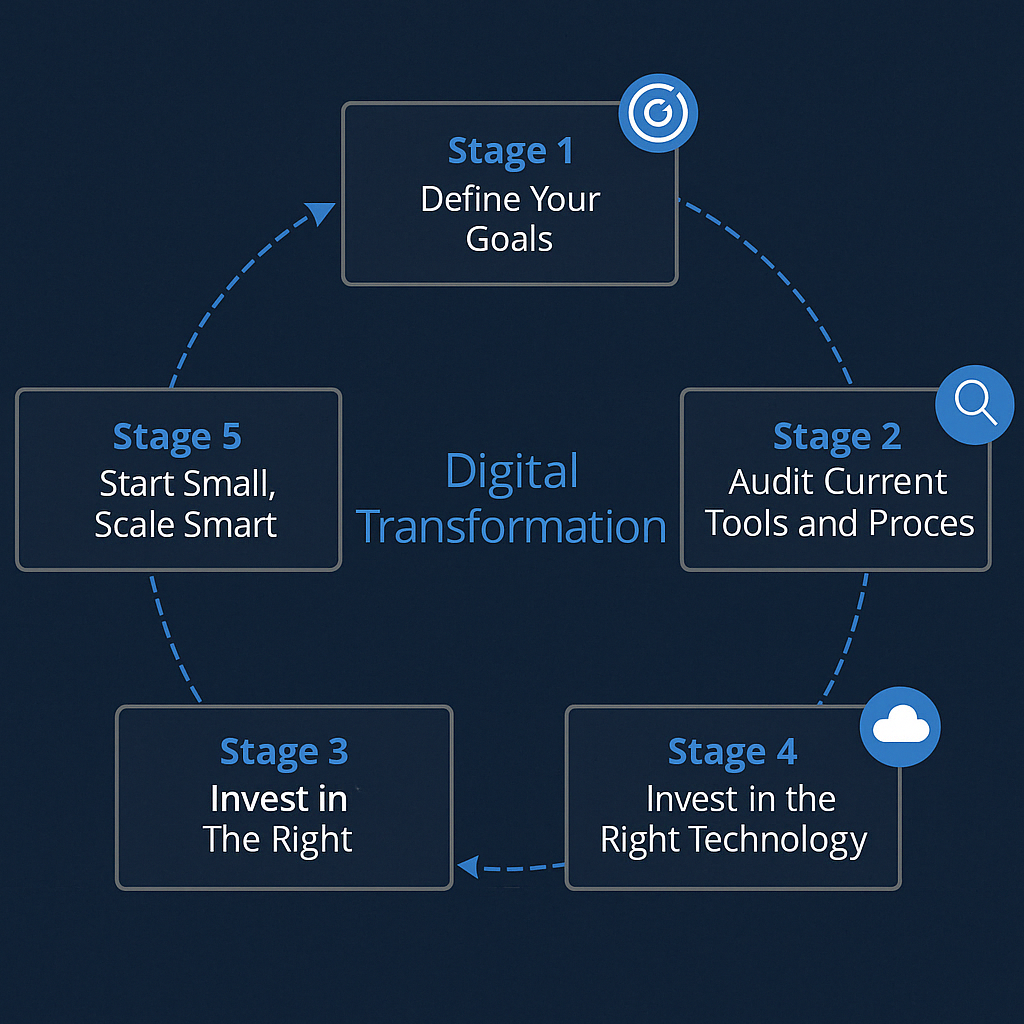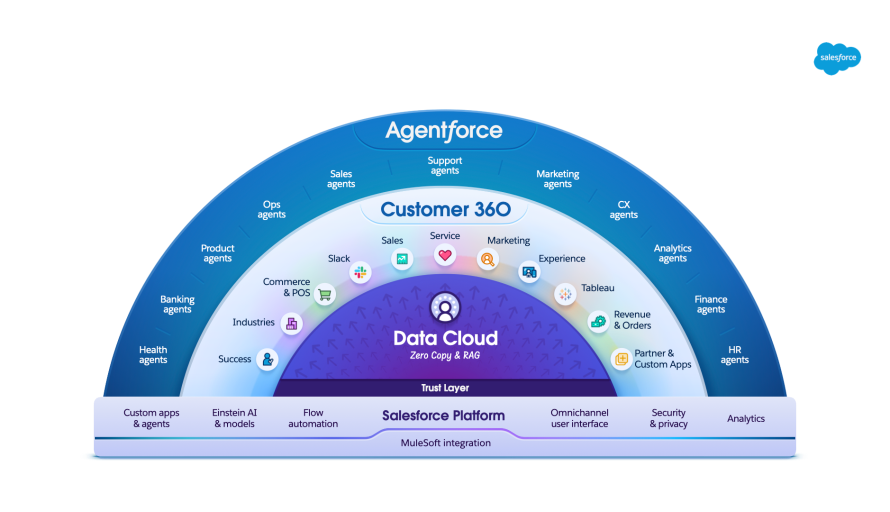Avoiding Common Pitfalls in Salesforce Implementation Tips
Salesforce has altered how businesses handle their sales, marketing, and customer support activities as one of the primary customer relationship management (CRM) platforms. The success of a Salesforce implementation, on the other hand, is strongly dependent on careful planning, effective execution, and avoiding typical traps that might hinder the acceptance and exploitation of this powerful platform. In this blog post, we will look at crucial suggestions for a successful Salesforce setup that will help your firm realize its full potential.
Define Clear Objectives and Scope: Before beginning the Salesforce implementation process, define clear objectives. Outline the specific business processes that need to be improved, such as lead generation, sales pipeline management, or customer service. Setting a clear scope ensures that your implementation remains focused and aligned with your business objectives.
Obtain Buy-In from Key Stakeholders: A successful Salesforce implementation necessitates the support and buy-in of key organizational stakeholders. Early in the process, involve decision-makers, highlight the benefits of Salesforce implementation, and address any issues or misconceptions they may have. Provide alignment among stakeholders to provide a more effortless execution.
Thorough Data Preparation: For a successful Salesforce implementation, clean, accurate, and standardized data is required. To minimize duplicate entries and data conflicts, take the time to cleanse and organize your existing data. Establish data governance policies as well to ensure long-term data integrity and quality.
Customize to Your Business Needs: While Salesforce provides a variety of out-of-the-box functionalities, tailoring the platform to your specific business requirements is critical for reaping the most benefits. Work with your Salesforce implementation team or consultants to customize the platform to your specific procedures and workflows.
Invest in Comprehensive Training: Provide your employees with the information and skills required to use Salesforce effectively. Invest in extensive training sessions that cover the features, functionalities, and best practices of the platform. Giving your personnel the proper training will increase user adoption and productivity.
Plan for Change Management: Salesforce implementation will undoubtedly change your organization’s processes and operations. Create a change management plan incorporating communication tactics, ongoing assistance, and feedback mechanisms to reduce resistance to change. Engaging and supporting your staff during the implementation process will make the transition easier.
Monitor and Measure Success: Track the performance and impact of your Salesforce implementation regularly. Key performance indicators (KPIs) can be used to assess the platform’s effectiveness in increasing sales, customer satisfaction, or any other set goal. Tracking success will assist you in identifying areas for improvement and optimizing your Salesforce usage.
Keep Up with Salesforce Releases: Salesforce constantly releases updates and new features to improve the platform’s capabilities. To keep ahead of the competition and maintain optimal system performance, stay current on these releases and take advantage of the latest developments.
Finally, by following these crucial Salesforce deployment suggestions, your firm may leverage the benefits of this powerful CRM software. Remember to create clear objectives, involve key stakeholders, prepare your data, personalize the platform to your needs, invest in extensive training, plan for change management, track success, and stay up to date on new releases. By avoiding typical errors and efficiently integrating Salesforce, you will position your company for increased efficiency, improved customer interactions, and long-term success.
Authored by Nadia Malikzada









